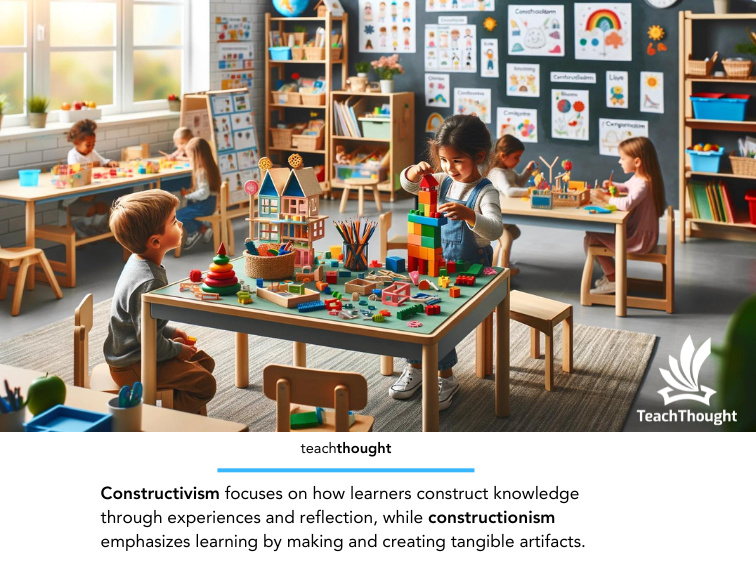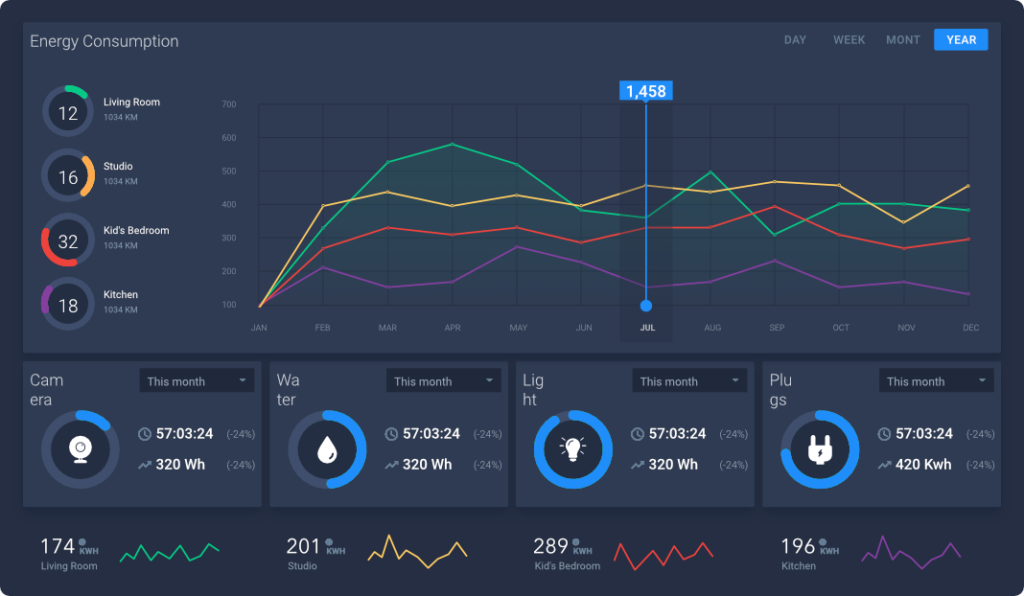
Unleashing the Potential of Challenge-Based Learning: A Guide to Nurturing Student Creativity and Citizenship
In the evolving landscape of education, where traditional methods meet innovative pedagogies, challenge-based learning (CBL) emerges as a powerful approach to engage students in meaningful, real-world problem-solving. Rooted in the principles of inquiry-based learning and its ancestors, project-based and self-directed learning, CBL distinguishes itself by anchoring the educational journey in local, authentic challenges that are personal and relevant to each student. This method not only enhances learning outcomes but also fosters a sense of citizenship and community engagement among learners.
As we delve into the intricacies of challenge-based learning, it’s crucial to understand its core stages and the guiding questions that propel students from mere observers to active problem solvers and change-makers. Let’s explore the 16 questions that frame the CBL process, offering a scaffold to brainstorm and navigate through complex problems.
Step 1: Connect & Analyze
- What am I a part of? What matters to me? This question encourages students to reflect on their identities, interests, and the communities they belong to, setting the stage for personal investment in the learning process.
- What problems exist that I can treat as opportunities? Shifting the perspective from problems to opportunities motivates students to approach challenges with optimism and creativity.
- What do I see well, and what am I blind to? How does my perspective impact what I see? Self-awareness of biases and limitations is crucial in understanding the full scope of a problem and developing empathetic solutions.
- Which ‘parts’ of the world would most benefit from my creativity, affection, and sustained effort? This question helps students identify areas where their unique talents and passions can make a significant impact.
Also Read: 11 Home Visit Tips And Resources For Teachers
Step 2: Research & Contextualize
- How can I separate causes from effects? Understanding the root causes of a problem is essential for crafting effective and sustainable solutions.
- What is the history of this problem? A historical perspective provides insights into the complexity of issues and the factors contributing to their persistence.
- Why have previous efforts to solve it fallen short? Analyzing past failures opens opportunities for innovation and avoiding similar pitfalls.
- What is the proper scale I should approach this issue to do my best work? Determining the appropriate scale—whether local, regional, or global—helps in setting realistic goals and strategies.
Step 3: Imagine & Design
- What is possible? What would have the largest impact? What would endure? Dreaming big and focusing on impactful, sustainable solutions inspire ambitious project goals.
- What am I uniquely suited to do? How can technology amplify my potential? Leveraging personal strengths and technological tools can maximize the effectiveness of the response.
- Who can I work with to improve the response? Collaboration multiplies the skills, ideas, and resources available to tackle a challenge.
- What has to happen for this to work? Identifying non-negotiable elements ensures that critical components of the solution are prioritized.
Step 4: Act & Socialize
- What is the most meaningful action I can take in response? Actionable steps grounded in personal values and the project’s goals drive meaningful change.
- Who is my primary audience? How can I best reach them? Understanding the audience ensures that the message is delivered effectively and prompts engagement.
- How can I best package my work so that others understand & are moved by it? Crafting a compelling narrative around the project increases its impact and reach.
- How will I know if what I’m doing is working? Establishing metrics for success and mechanisms for feedback allows for ongoing evaluation and adjustment.
Challenge-based learning is not just an educational strategy; it’s a transformative experience that equips students with the skills, mindset, and determination to tackle the pressing issues of their communities and the world at large. By fostering critical thinking, creativity, and collaboration, CBL prepares learners for the complexities of the 21st century, making them not just consumers of knowledge but creators of solutions. As educators and mentors, our role is to guide students through this process, encouraging them to question, explore, and act with the conviction that they can make a difference. In doing so, we not only enrich their learning journey but also contribute to the cultivation of responsible, engaged citizens poised to shape a better future.
Payment Aggregators May Proceed Towards RBI Requesting Relaxation







